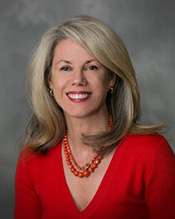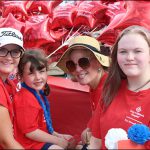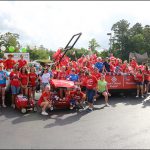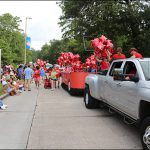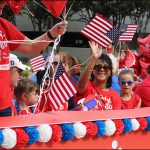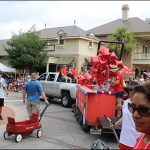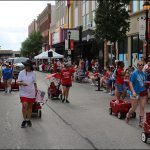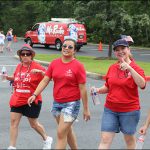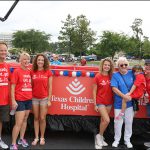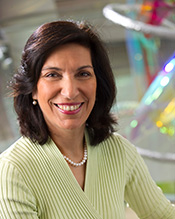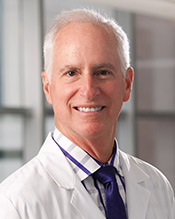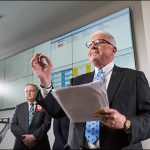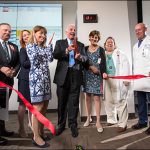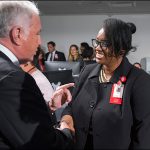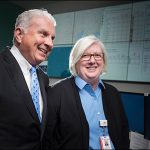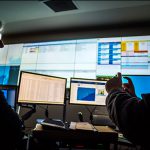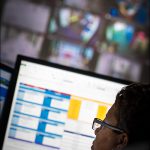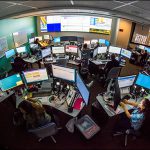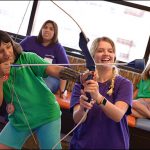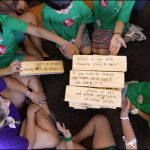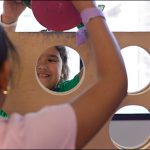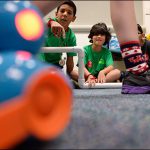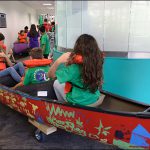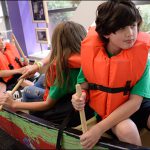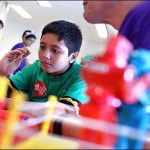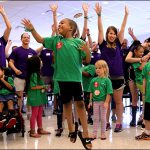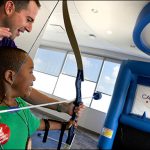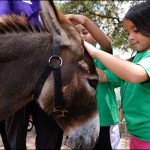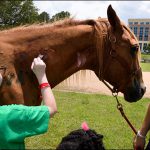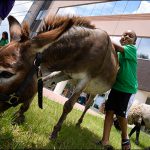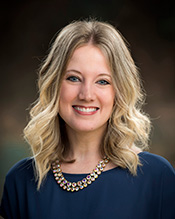 Ashley King, January – March 2017 Leader
Ashley King, January – March 2017 Leader
Your name, title and department. How long have you worked here?
Ashley King, Patient Care Manager, Otolaryngology Department. I’ve worked for Texas Children’s Hospital for 10 years.
What month are you Super Star for?
First Quarter (January – March) 2017
Tell us how you found out you won a super star award.
I arrived to our scheduled “staff meeting” and was greeted by smiling faces, balloons and a red carpet. When I entered the meeting everyone yelled “Congratulations!” Confused, I responded, “For what?” That’s when I learned I had won the super star award. I was completely surprised!
What does it mean to be recognized for the hard work you do? How has the organization helped you achieve your personal and professional goals?
It’s extremely rewarding to be recognized by such a great team of hard working individuals who I admire and enjoy working with. Throughout my 10 years with Texas Children’s, I have been surrounded by influential people – from preceptors to coworkers to managers to providers. These people have mentored me and continually challenged me to do more. And when new opportunities at Texas Children’s have presented themselves, they’ve encouraged me to continue moving forward in my career. If not for the excellent and supportive people that I’ve had the privilege of working with at Texas Children’s, I wouldn’t be where I am today.
What do you think makes someone at Texas Children’s a super star?
A super star is a person who leaves you with a memorable impression. They actively listen to others. They do more than what is asked of them. They strive to provide quality patient care. And they do all of these things with a smile.
What is your motivation for going above and beyond every day at work?
My motivation is my team, our patients, and our patients’ families. I strive every day to make our clinic an enjoyable place to work. I also work very hard to ensure that our patients and their families have a positive experience. When my team is happy and our patients are happy, I’m happy!
What is the best thing about working at Texas Children’s?
For me, the best thing about Texas Children’s is the children. No matter their circumstance, they still manage to smile and be kids. Their resilience is empowering!
What does it mean to you that everyone at Texas Children’s is considered a leader? What is your leadership definition?
It means that Texas Children’s cares about the success of its employees. That we are all considered leaders is a testament to the investment that Texas Children’s has made in each of us by providing us the training, support, and resources that we need to help carry out our fundamental mission: “To create a healthier future for children and women throughout our global community by leading in patient care, education and research.” What is your leadership definition? Leadership means listening to, inspiring, and empowering others. Leadership is serving the people around you by giving them the tools they need to be successful.
Anything else you want to share?
I am proud to work at Texas Children’s and am looking forward to continuing to grow here.


